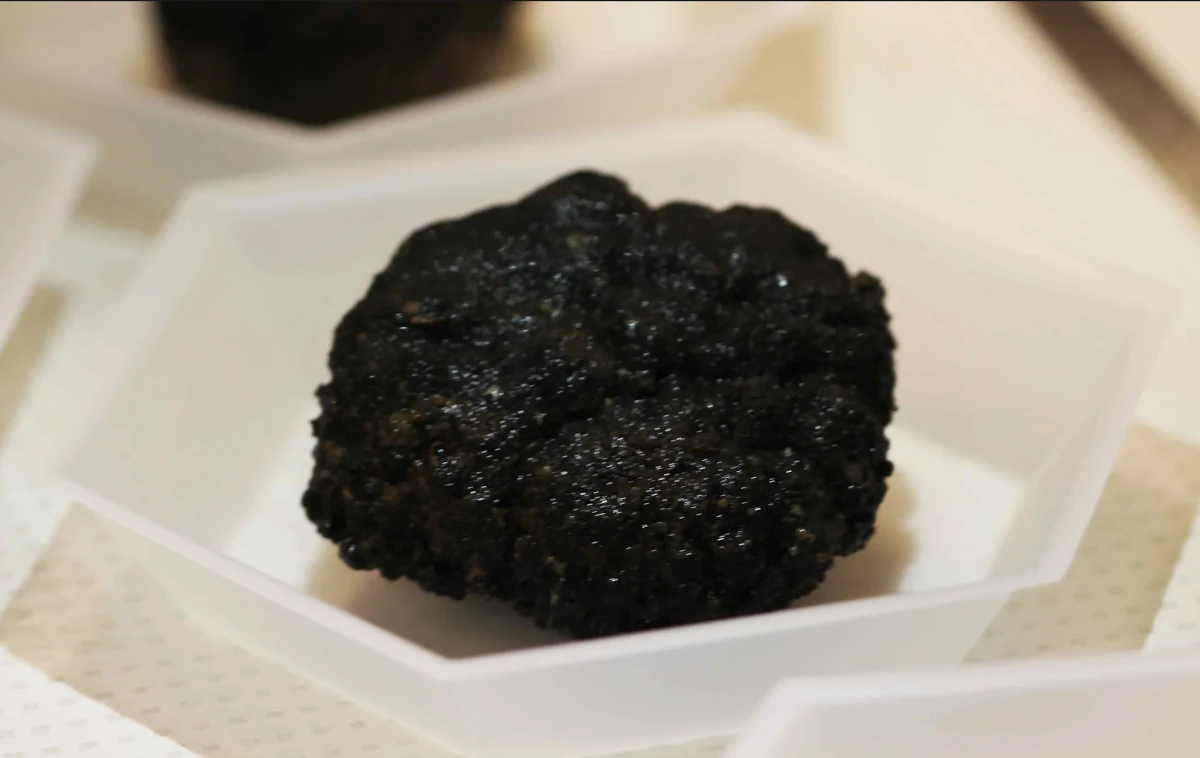
Scientists appear to have found that oxygen is being produced in the deep sea through a process associated with polymetallic nodules on the seafloor of the Pacific Ocean, in the complete absence of sunlight. This finding challenges what is known about how oxygen reaches the deep ocean and how oxygen is produced. There may also be important implications for how deep-sea mining could impact this extraordinary process, according to the Deep Sea Conservation Coalition (DSCC).
Until now, it has been understood that the deep ocean is oxygenated by the global conveyor-belt-like system of ocean currents that transport oxygen-rich waters from the surface to the deep sea. The findings of a new study published today in Nature Geoscience challenge this notion, documenting oxygen production at the abyssal seafloor. The discovery was made during experiments conducted in the NORI-D license area of the Clarion-Clipperton Zone (CCZ), the first target area for deep-sea mining, at over 4,000 meters below the surface.
While studying biological activity around polymetallic nodules in the NORI-D license area, scientists made the surprising discovery that instead of oxygen levels decreasing over time, in some places they tripled in just two days. Further investigation discovered that these polymetallic nodules may be able to produce enough voltage to split water molecules into hydrogen and oxygen, a process known as seawater electrolysis. This phenomenon, never before observed in the deep ocean, appears to be unique to these deep-sea nodules.
DSCC Deep-Sea Mining Global Campaign Lead Sofia Tsenikli said: “The discovery that a process associated with polymetallic nodules is producing oxygen, in an area targeted by the deep-sea mining industry, provides further support on the urgent need for a moratorium. This research emphasizes just how much we still have to discover and learn about the deep sea and raises more questions about how deep-sea mining could impact deep-sea life and processes. It is human arrogance to continue to push to mine these nodules that are producing potential life-sustaining oxygen in an extraordinarily important and unique ecosystem.”
It is currently unknown how the removal or smothering of these nodules from deep-sea mining operations and the associated sediment plumes could influence seafloor oxygen production and what the impacts on deep-sea life and processes, including carbon cycling, could be.
Distinguished Professor Lisa Levin at the Scripps Institution of Oceanography stated: “This is an excellent example of what it means to have the deep ocean as a frontier, a relatively unexplored part of our planet. There are still new processes to discover that challenge what we know about life in our ocean. The production of oxygen at the seafloor by polymetallic nodules is a new ecosystem function that needs to be considered when assessing the impact of deep-sea mining. These findings underscore the importance of furthering independent deep-sea scientific research across the global ocean in order to inform deep-ocean policy.”
The findings may also have wider implications for our understanding of how and where life on Earth began, and whether this process could be occurring on other planets.
Jeff Marlow, co-author of the paper noted, “The fact that oxygen can be made independently of the surface world has a lot of exciting implications for the distribution of animal life, not only in Earth’s oceans, but also, potentially, beyond our planet. Oxygen provides enough energy for big organisms like animals to survive, so a process that makes oxygen without sunlight could allow for larger life forms to inhabit the deep, dark waters of “ocean worlds” like Enceladus or Europa. We’ve typically centered the search for life beyond Earth around microbes using reduced chemicals for energy – that still may be the best approach, but this result shows that it might be wise to expand our perspective.”






